Sandians support national security mission
In support of the Nuclear Deterrence Modernization Efforts Rally Cry, Lab News continues to highlight employees and the ways that they contribute to Sandia’s national security mission. Read more profiles from previous editions.
Dave Robinson
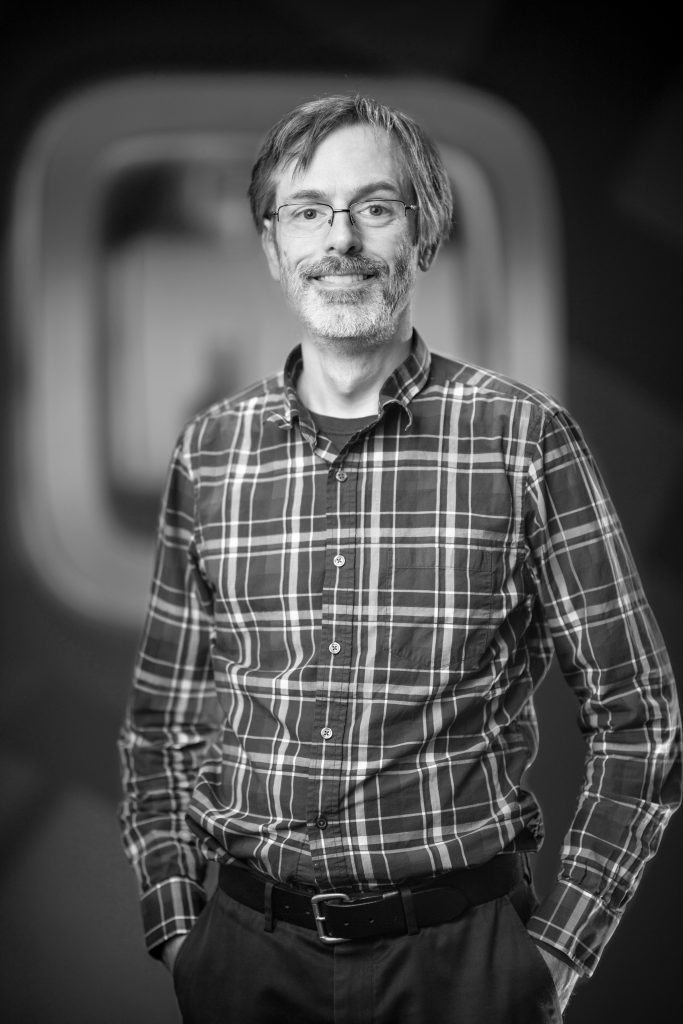
Chemist and materials scientist
17 years at Sandia
Dave is part of a team that studies hydrogen, the fuel of the stars, and — for a small but growing number of people — their cars.
“Our team studies the basics of how hydrogen interacts with other materials and how it could be used to address global challenges,” Dave said. The research calls for broad collaborations and Sandia works closely with Savannah River National Laboratory and Pacific Northwest National Laboratory.
“Much of the current enthusiasm in our lab comes from the discovery of new alloys that absorb and release hydrogen in ways that are readily tailored to specific goals,” Dave said. “In recent weeks, we have been setting up new experiments that will allow us to verify the properties of the alloys at a pace closer to the pace at which they can be proposed and prepared.
“We have always been a nimble group that is ready to tackle new opportunities, and we have heard the call from the Labs director,” he said. “We have skills and ideas to offer and look forward to learning more about how we can contribute.”
— Mattie Hensley
Lauren Shea Rohwer
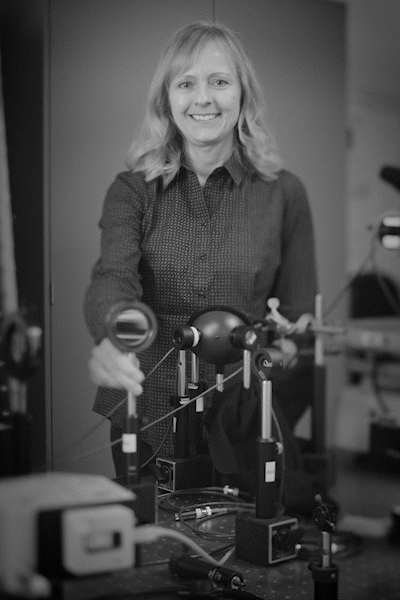
Materials scientist
25 years at Sandia
Lauren studied materials science because the discipline spans synthesis, processing and characterization and overlaps with chemistry and physics. Her work at Sandia’s Microsystems Engineering, Science and Applications center allows her to apply her materials background to focus on packaged devices for nuclear deterrence and satellite applications.
“Solutions to these problems might involve introducing a new material to improve the reliability of a device and performing experiments to ensure it will function after accelerated aging tests,” she said. “Or in some cases, a material might have the right properties for a particular application but can’t be implemented using conventional methods. So, a new method must be developed.”
After 25 years at Sandia, national security work continues to interest Lauren because of the added challenge to guarantee products operate dependably for decades. She’s proud to work with a team of enthusiastic and motivated colleagues who possess the complementary skills needed to meet that challenge.
“Finding solutions to such problems is rewarding especially if it helps more than one project succeed,” she said. “It’s satisfying to contribute to programs that help advance the nation’s technological capabilities needed to adapt to new and existing national security threats.”
— Jill Janov-Kelly
Jim Mackanic
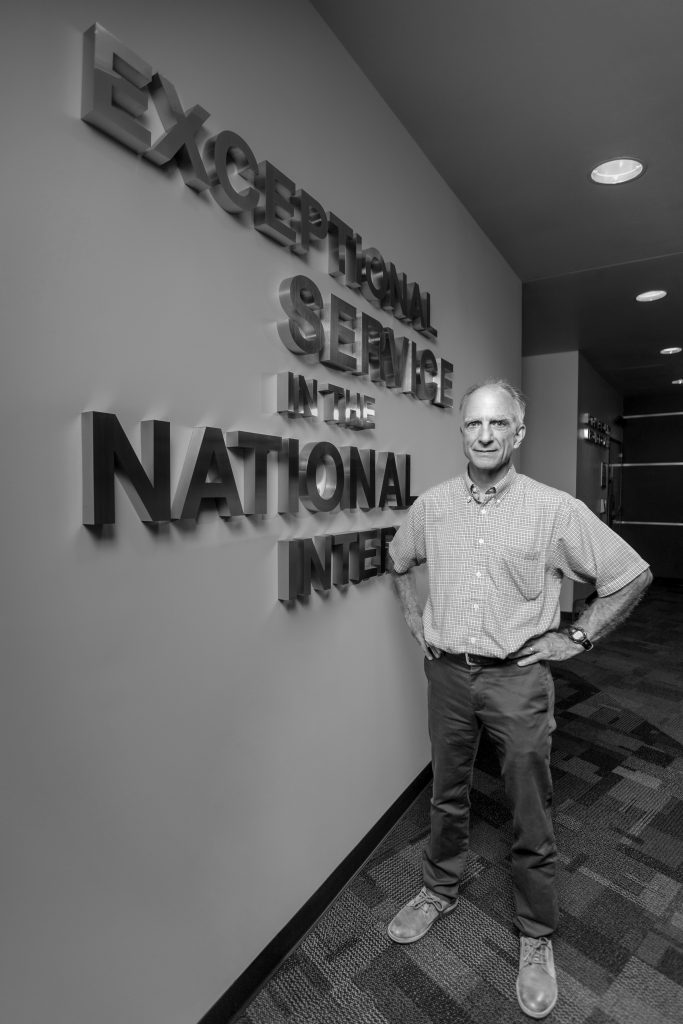
System surety engineering lead
8 years at Sandia
Jim feels it was “providential” that he came to Sandia. Working for a Silicon Valley company late in his career, he was looking for new opportunities when his wife mentioned talking with a friend whose husband worked at Sandia. He did some research and applied.
The focus of Jim’s job is to ensure that the product and program he supports meets both functional and programmatic requirements from the DOD and the NNSA.
“It is pretty obvious that our products are critical for maintaining national security through having an effective nuclear deterrence, so helping to ensure the system and component engineers understand our requirements and that the design and product meets those requirements directly contributes to our national security,” he said.
Jim enjoys his job, the people he works with and coming to work each day, he said. “Sandia is a place where experience actually is appreciated. At Sandia, people are really valued and not looked upon as a resource to be applied to an objective.”
— Kim Bustamente
Jenny Gilbride
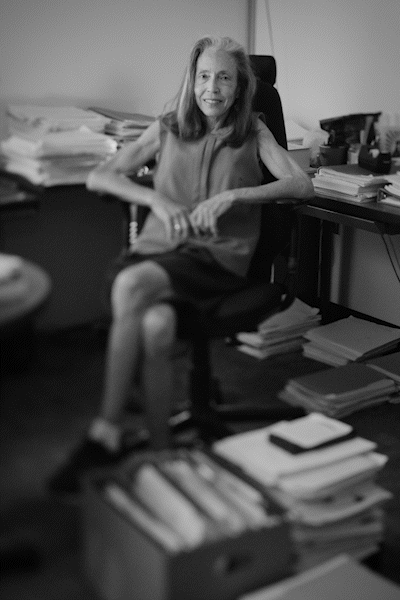
Senior scientist of systems analysis and engineering
39 years at Sandia
When Jenny joined Sandia from Texas A&M University, she had “no idea what I would be doing. I knew it was related to nuclear weapon programs.”
Nearly four decades later, she has contributed to nuclear weapon development, evaluation and surveillance, national missile defense and humanitarian demining efforts with Russia. She has supported launches out of Kauai, Hawaii; Kodiak, Alaska; and Vandenberg Air Force Base in California, worked on unmanned combat vehicles with DARPA and DOD, and completed an Intergovernmental Personnel Act assignment with the Navy Strategic Systems Program in Washington, D.C.
It is rewarding “to complete a deliverable — accomplish something that makes a difference, has an impact … to do it as a team.”
As W88-0 weapon systems lead, she implemented stockpile-to-target shock and vibration preconditioning of surveillance units that were to undergo tests. Today, this is standard testing.
She also pushed for substantial modeling and simulation efforts on the legacy W88-0 development program, which became the first system with validated structural models to support follow-on studies. Today, she is a systems analyst.
“We look at the potential impacts of newer technologies and alternative stockpiles,” Jenny said. “We ask, what’s different today and how should we be adapting to the future?”
— J.C. Ross
Curtis Peters
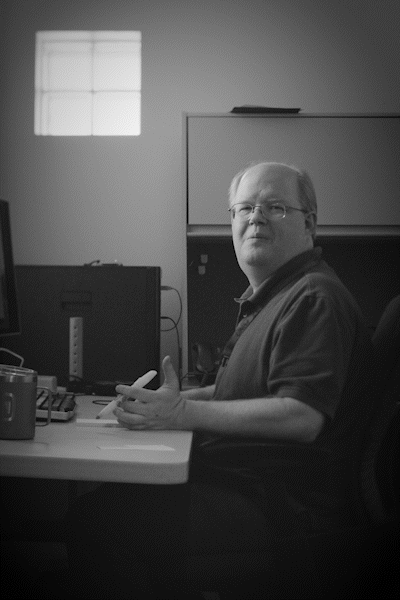
Nuclear engineer
8 years at Sandia
Curtis works in Sandia’s Advanced Nuclear Concepts group and conducts radiation transport modeling of electronic components and systems that are tested in nuclear facilities across the country.
“Sandia is responsible for designing, testing and verifying electronic components associated with the stockpile. So, it’s our responsibility to make sure it operates as expected in radiation environments,” Curtis said.
Sandia offers employees a chance to be involved in exceptional research and development that directly contributes to mission work, he said.
“Working here provides an opportunity to do interesting work that only happens at a very limited number of facilities,” Curtis said. “I get to work with people doing various types of experiments not done elsewhere that utilizes reactor facilities all across the country.”
— Sarah Johnson